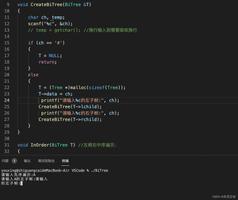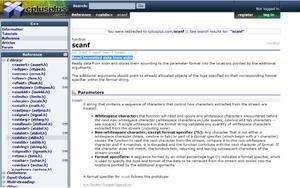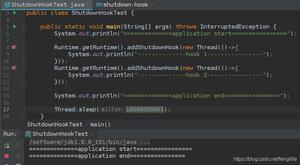tanh()函数,用于C ++中的复数
在本文中,我们将讨论tanh()C ++ STL中复数的工作原理,语法和函数示例。
tanh()用于复数是<complex>头文件下的函数。此函数用于查找复数的双曲正切。这是tanh()<cmath>头文件下的的复杂版本。
什么是tanh?
Tanh是双曲正切函数。为了轻松定义函数,我们可以说tanh等于双曲正弦除以双曲余弦。
语法
complex<T> tanh(complex& num);
参数
该函数仅接受一个复杂类型的参数num。
返回值
它返回正切数的双曲线。
示例
Input: complex <double> num(0.0, 1.0);tanh(num);
Output: (0, 1.55741)
Input: complex <double> num(1.0, 0.0);
tanh(num);
Output: (0.761594, 0)
可以遵循的方法-
在主函数中,我们定义复数。
然后我们打印复合体。
最后,我们打印出复数的双曲正切值。
通过这种方法,我们可以找出复数的双曲正切。
示例
展示tanh()函数工作的C ++代码
#include<iostream.h>#include<complex.h>
#include<cmath.h>
using namespace std;
int main( ) {
/ / defining complex number
Complex<double> x(1,0);
Cout<< “ tanh “<<x<<” =” << tanh(x)<<endl;
return 0;
}
输出结果
如果我们运行上面的代码,它将生成以下输出-
tanh(1.000000,0.000000) = (0.761594, 0.000000)tanh(0.000000,1.000000) = (0.000000, 1.557408)
以上是 tanh()函数,用于C ++中的复数 的全部内容, 来源链接: utcz.com/z/334920.html







